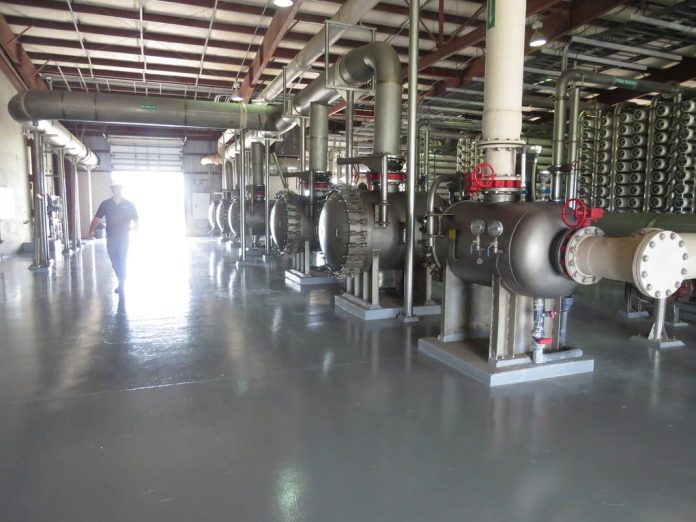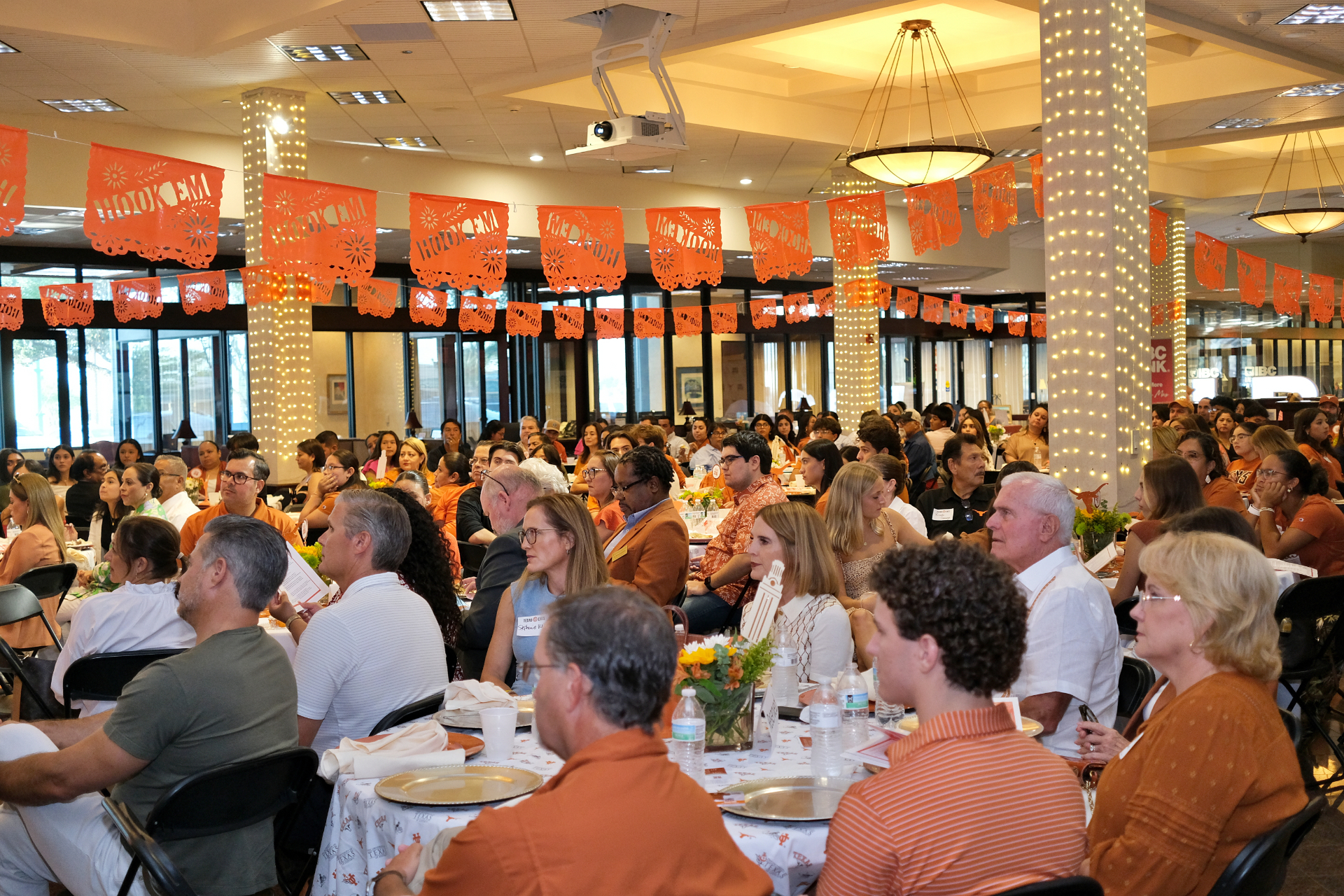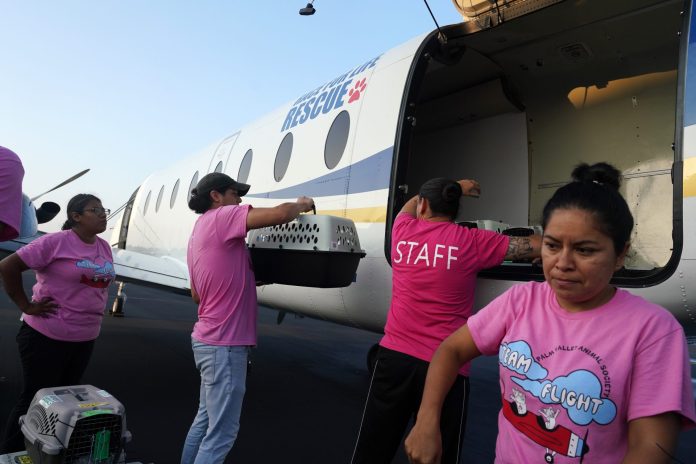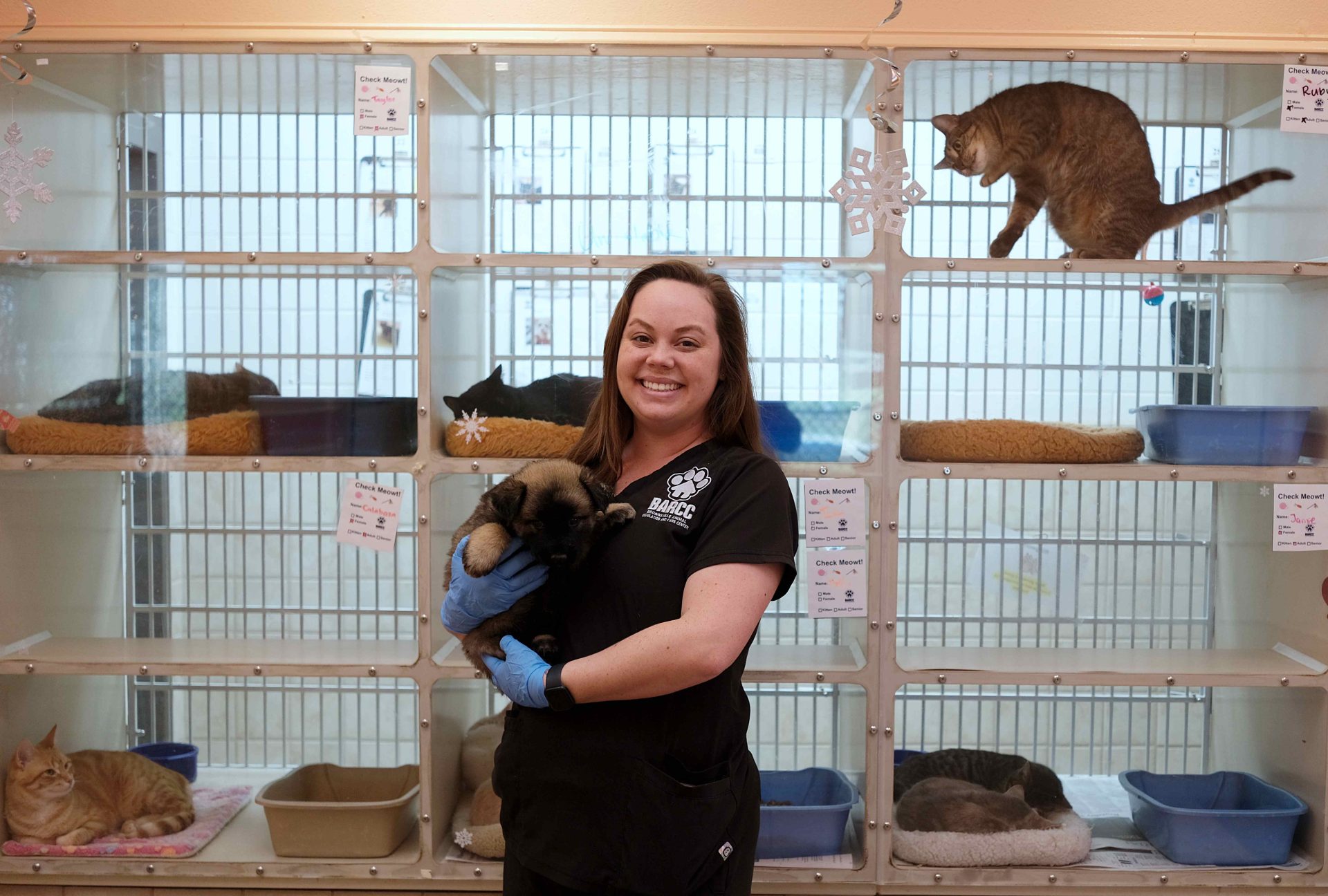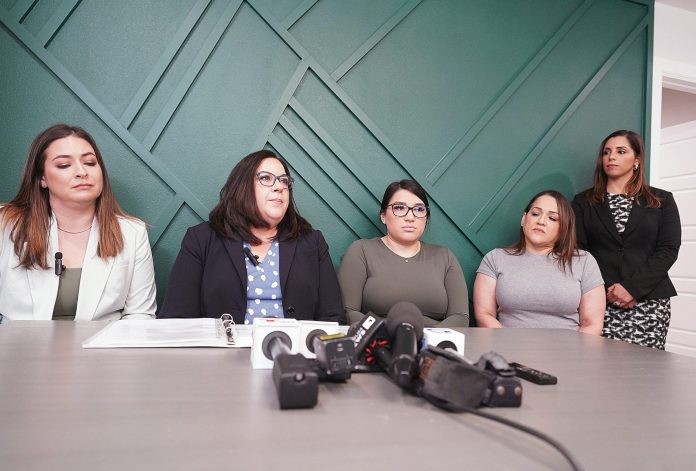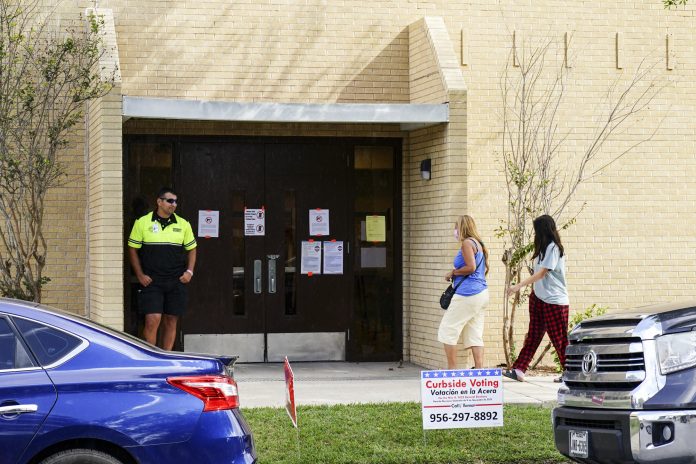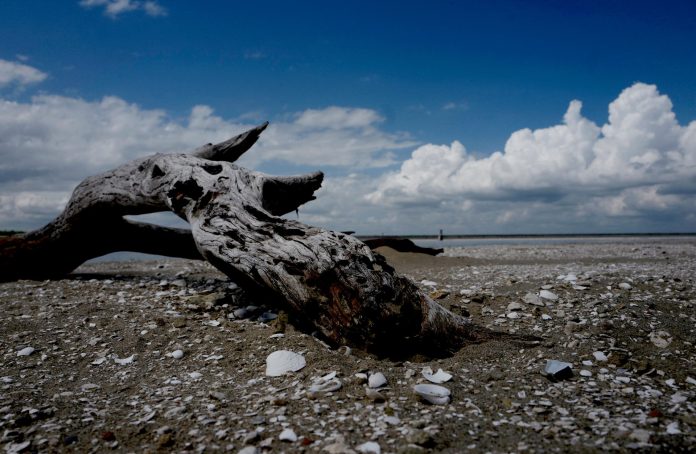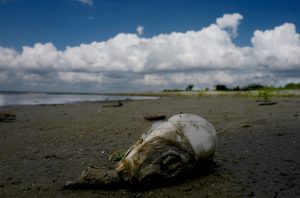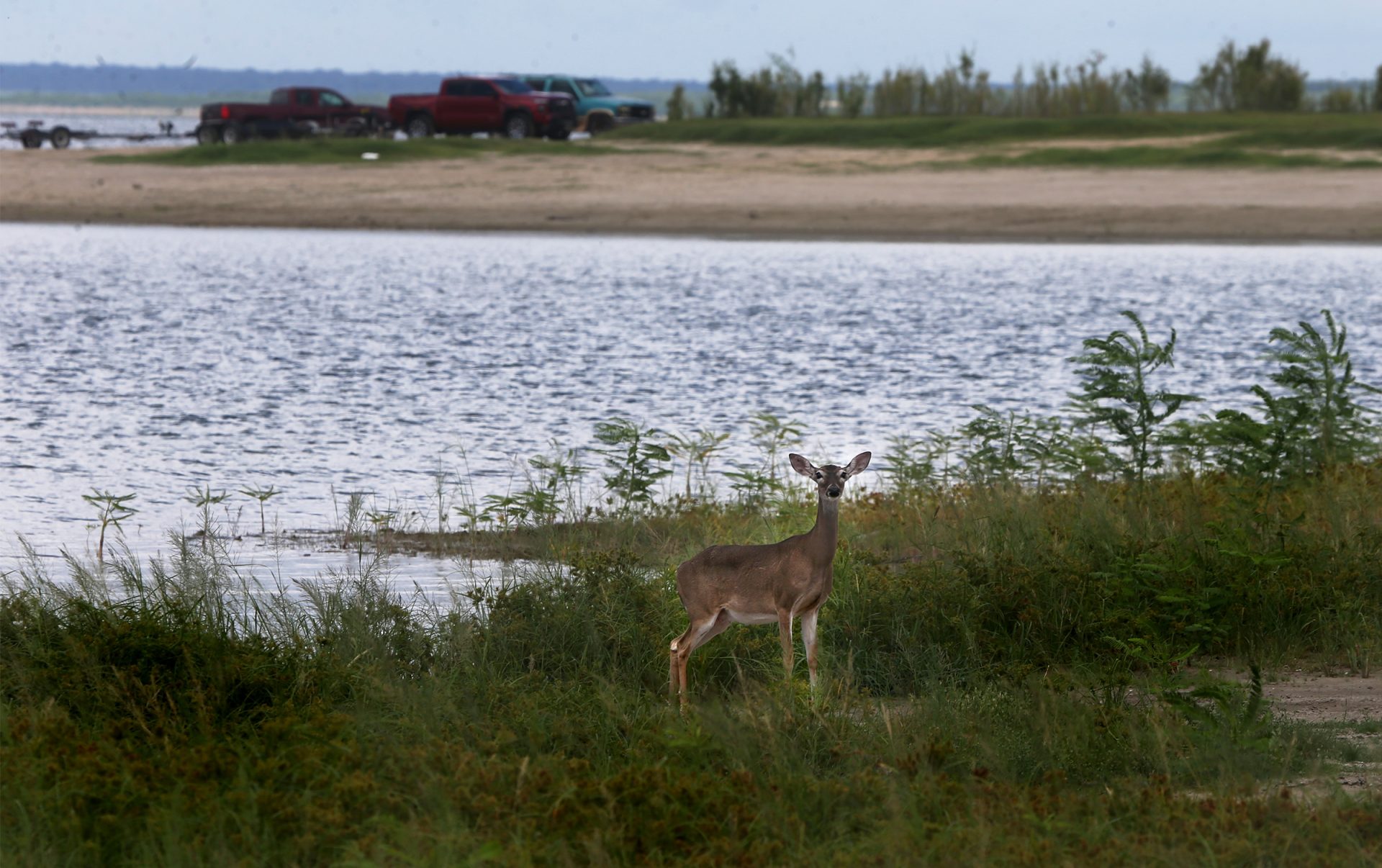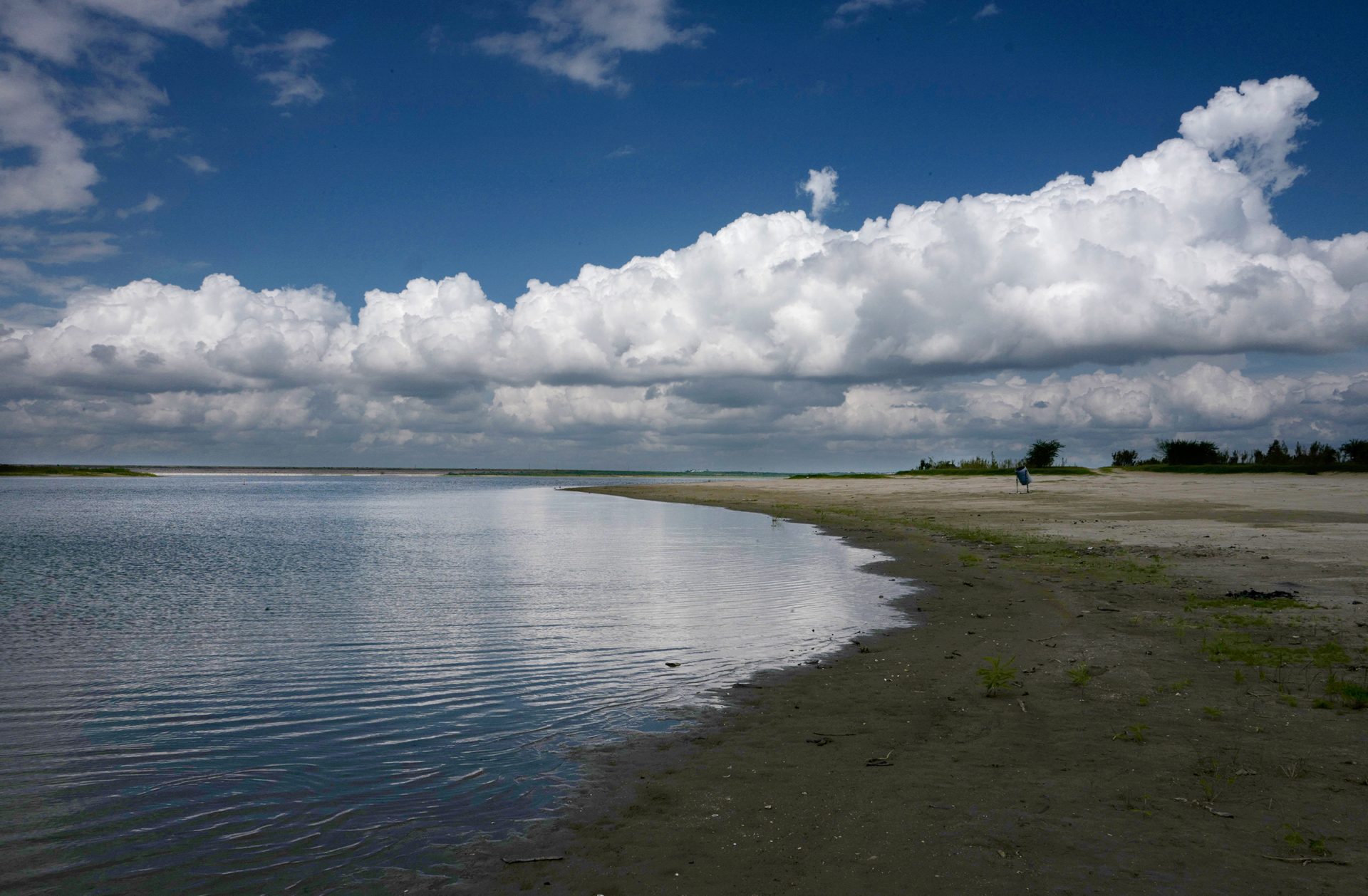The drought got so bad in the Rio Grande Valley in the late 1990s that in 2000 the Rio Grande actually dried up before it reached the Gulf — scary news for Brownsville and other communities that depended on the river for water.
Leadership of the Brownsville Public Utility Board determined that a desalination plant as an alternative water source was worth pursuing. With the Valley again facing a dire water shortage and communities imposing increasingly strict water-usage restrictions, BPUB’s decision back then to move forward with the Southmost Regional Water Authority, or SRWA, desalination plant seems pretty smart.
The idea was simple: Even if the Rio Grande runs dry, Brownsville and its SRWA partners wouldn’t ever completely run out of water.
The Legislature created SRWA in 1981 as a water reclamation and conservation district, though nothing happened with it until BPUB reached to it for construction of the plant, which is a partnership. BPUB is the majority owner, with a 92.9% share. Valley Municipal Utility District No. 2 (Rancho Viejo) owns 2.5%, the city of Los Fresnos 2.28%, Brownsville Navigation District 2.1%, and the town of Indian Lake 0.20%.
The desalination plant pumps and treats brackish water from 20 wells, 250-300 feet deep, tapped into the Rio Grande Alluvium. All the wells are located west of Rancho Viejo, where the aquifer is less salty. Brackish water is naturally occurring water that is saltier than freshwater but less salty than seawater. The less saltier it is, the less expensive it is to treat.
The plant’s output is currently a steady 7.2 million gallons per day (MGD), or roughly a quarter of Brownsville’s daily water usage, according to SRWA President and BPUB Vice Chairman Joseph Hollmann. The plant has supplied all of Los Fresnos’ water off and on over the past calendar year, he added.
“They were able to relatively efficiently shut everything down and overhaul their entire water treatment infrastructure, because they were able to switch to SRWA water,” he said.
BPUB, Cameron County and municipal leaders are very much focused on the worsening water situation, however, and plans are in place for SRWA to boost output and expand distribution, though it won’t be cheap. The Rio Grande started flowing again and Amistad and Falcon reservoirs filled up again 24 years ago thanks to a tropical system, though hoping for a similar rescue — even during what is still predicted to be a very active 2024 Atlantic hurricane season — is risky, especially with a “shifting climate,” Hollmann said.
With the Valley enduring its fifth largely dry year, with insufficient rainfall to fill the reservoirs that feed the river, SRWA’s expansion plans seem more urgent than ever, he said.
“There is the cross-your-fingers-for-a-hurricane strategy, which is a terrible strategy,” Hollmann said. “But this is actually extremely important to discuss, especially with our ratepayers.”
Expanding SRWA’s desalination capacity is inevitable, though it’s a question of getting it done fast versus getting it done cost-effectively, he said. BPUB’s approach is to “try to do this as cost-effectively as possible,” Hollmann said.
Data analysis led to a $500,000 decrease in the annual cost for chemicals alone at the plant, which costs about $10 million a year to operate, he said.
“We’ve learned some major lessons from running this plant for 20 years, and so we’re going to apply them,” Hollmann said. “We’re going to get us up to 10 MGD, which is going to be roughly a 20-25% increase in output. And then the next stage is to take this plant and replicate it.”
The new plant would be located right next to the existing one, at 1225 FM 511. Industry best practices dictate that the existing plant have a backup electrical system retrofitted, which would cost about $15 million, though a second plant would effectively provide that backup in addition to doubling output capacity, Hollmann said.
Other plans include the construction of pipelines along right-of-way BPUB already owns to supply more communities with water from SRWA. There are six other desalination plants in the Valley, though none with near the capacity of SRWA. The Laguna Madre Water District last month announced plans to build a 10 MGD desalination plant in Port Isabel, made possible by a low-interest, $10 million loan from the Texas Water Development Board, though it will process seawater rather than brackish water.
Asked whether he thinks desalination alone will be enough sustain communities and agriculture in coming decades, especially if the tropics become less reliable as a water source, Hollmann said officials across the Valley are asking the same sorts of questions.
“I know the (Brownsville) mayor and the city manager have had discussions about bringing xeriscape, zero-water scaping, to Brownsville,” he said. “I think we are going to have to adapt some of what we’re used to. … I don’t know what that will look like. The questions are starting to be asked by our communities, so I think that’s going in the right direction.”
Brownsville Mayor John Cowen Jr. noted that “drought cycles are becoming shorter and shorter,” and said the water situation was a primary topic of discussion at a South Texas Alliance of Cities conference in Brownsville in July. While doesn’t think surface-water assets from the Rio Grande will go away anytime soon, which would require slashing usage, though “we need to make sure we are maximizing the water we have,” Cowen said.
“We’re working on expanding SRWA but also doing conservation in Brownsville,” he said. “There’s a lot we can do in Brownsville to make our water go much farther.”
BPUB customers are under a Stage 2 water usage restriction currently because of the drought. Stage 3, which has never been imposed, kicks in once the combined U.S. share of Amistad and Falcon falls to 15%. It’s currently at about 19.7%, slightly up from earlier in the summer thanks to recent storms.
Because of SRWA, Brownsville is in a good position to deal with the water situation compared to other Valley cities, Cowen said, adding that he and other Valley mayors have had a line of communication with Biden administration senior advisor Tom Perez for discussions about the drought and other issues impacting the Valley and South Texas.
“Our next focus is going to be on the state leadership as well, he said. “We’re working on having our next alliance meeting hopefully with Gov. Abbott and his office. That’s our next focus. That hasn’t happened before.”
Cameron County Judge Eddie Treviño Jr. said addressing the water crisis requires a regional focus.
“Even if Mother Nature cooperates and drops a lot of water in the reservoirs, and even if Mexico pays its debt that it owes to us, that will only solve the immediate problem,” he said. “We need to be thinking about 5, 10, 20 and 30 years down the road.
“There are solutions. None of them are necessarily cheap, and some may require a change of mindset. All of the problems with potential solutions should be on the table and being discussed. We shouldn’t be wishing for a storm to solve our water problems. We ought to have some options available to us and that we’re working on.”

